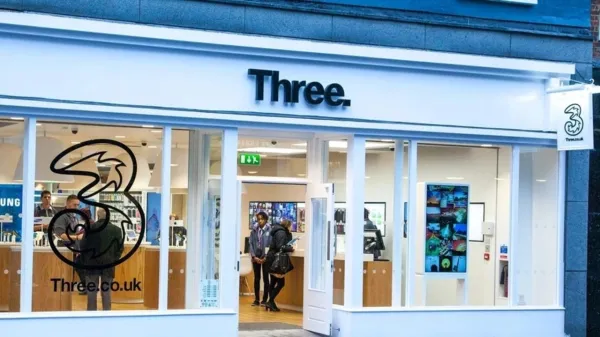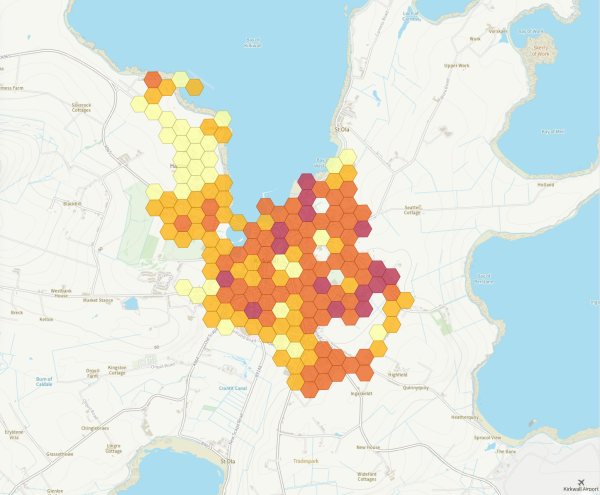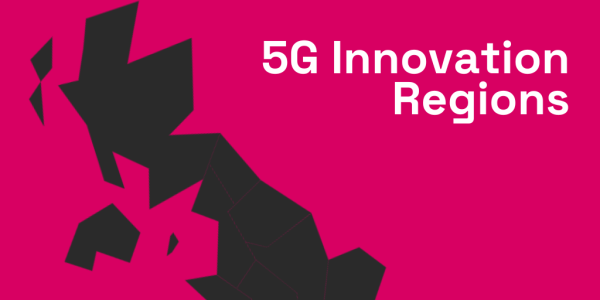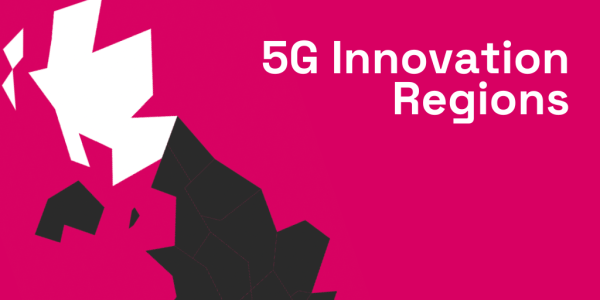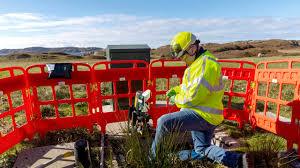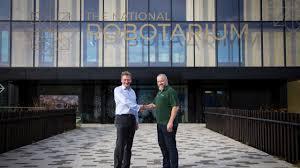Building on the UK’s regional and national strengths, UKTIN’s Clusters Programme has been designed to ensure the UK can benefit from a thriving and resilient telecoms sector.

Through targeted outreach activities, it aims to engage and advise entrepreneurs - and investors - of the opportunities within the industry and the R&D&I assets, capabilities and support throughout the UK. The initiative ultimately hopes to encourage more individuals into the industry, positioning the telecoms sector as an attractive route to growth.
The UKTIN Clusters Advisory Group - made up of representatives across UK Regions - has co-created and delivered the programme, showcasing and highlighting the capabilities of individual regions. In the latest Clusters Advisory Group meeting, Luca Campanalonga, Technical BD Manager at the Scotland 5G Centre, shared his insights.
What does Scotland’s telecoms landscape look like?
The telecoms ecosystem reflects the Scottish Government's aspiration to establish the country as a leading 5G digital nation. Its recent activities have focused on enhancing infrastructure sharing and intervention, boosting coverage, and creating the conditions for private investment.
Scottish academia is conducting world-leading research in advanced communications and their applications. There are a number of key universities, for example, in Glasgow (with the eponymous one, Strathclyde and West of Scotland); Edinburgh ( including Heriot-Watt, Edinburgh and Napier), and the Highlands among others.
Alongside this, “centres of excellence” have proved crucial, providing leadership, best practice, research, support and training for a number of focus areas: Security (with SICSA and ScotlandIS); Sensors and IoT (CENSIS); AI and Data Science (The Data Lab and the Bayes Centre); Optical and Quantum communications (with Strathclyde leading the way); Non-Terrestrial applications (with Space Scotland) and Materials and Components (concentrated mainly at the so-called Silicon Glen).
Last, but not least, The Scotland 5G Centre was then founded, which Campanalonga identified as “the missing piece”.
How does the Scotland 5G Centre fit into this?
The Scotland 5G Centre is a national platform for accelerating 5G deployment and adoption to realise economic and social potential. The centre is uniquely positioned with connections to industry, the public sector, academia and telecom providers, allowing the team to support the delivery of advanced communications solutions to unlock Scotland’s digital potential.
Campanalonga, said: “5G is not just the next generation of mobile connectivity. It is transforming how we work, live and connect. To stay ahead of the curve, it is key that businesses understand the capabilities of 5G and the opportunities that the technology enables. Scotland is transforming their industry and services and to support this, we knew a national centre was essential.”
It is estimated that by enhancing 5G capability, Scotland has the potential to add £17 billion to the GDP by 2035 (for context, Scotland’s total GDP in 2021 was approximately £159bn), create 160,000 new jobs and boost export volumes by £3.3 billion. He continued: “Our main objectives, therefore, are to help transform the key Scottish industries, drive innovation and growth, accelerate the demand for 5G across private and public sectors, create more products and skills (supporting the translation of University research and start-up ecosystem), and attract more investment for advanced connectivity and applications in Scotland.”
How does it operate?
From its base in the Glasgow City Innovation District and the S5GConnect hubs, the centre works with people across Scotland and beyond.
The hubs - with state-of-the-art private 5G networks from top industry suppliers - offer a secure testing environment for organisations, innovation centres and universities to assess how their systems, operations, and services can be improved through the adoption of new connectivity and what are the associated benefits. This is part of a £4M investment from the Scottish Government and hubs can be found in Dumfries, Kilmarnock, Alloa, Dundee, Aberdeen and the Highlands and Islands region.
Campanalonga said: “Collaboration is crucial, and a network of hubs is a valuable national asset to advance innovation and foster cross-sectorial partnerships.
I think the hubs have been instrumental in bringing a plurality of stakeholders together and raising awareness of the potential of new connectivity, leading to growth.”
The Centre is also working closely with its funding partners: the University of Strathclyde (StrathSDR Lab, currently working on a number of innovative projects exploring 5G deployments for remote and rural areas and most recently for broadcasting); the University of Glasgow (CSI department, developing new 5G technologies, such as intelligent reflective surfaces and use cases in robotics, healthcare and energy);
and the Scottish Futures Trust (which provides additional skills, resources and knowledge to city councils and assesses how existing and future assets could be utilised to support the deployment of 5G in urban areas).
Contributing to the UK’s broader aims
The Scotland 5G Centre is currently participating in DSIT’s FRANC competition and is a partner in the 5GDU-Volution project. It is also a member of UKTIN.
Campanalonga explained: “We are very supportive of the UK Government’s Diversification and Wireless Infrastructure Strategies. Aligning with Scotland’s local authorities is also a priority. We are very aware of the challenges they face and for this reason, we are offering our services in alignment with the upcoming 5G Innovation Regions competition. We aim to close the gap between trials and adoption, driving productivity and economic growth in the areas that need it most.”
Head to the Scotland 5G Centre website to learn more, read about Scotland’s other telco capabilities here and follow UKTIN on Twitter to stay up to date with UKTIN’s Cluster Programme.


